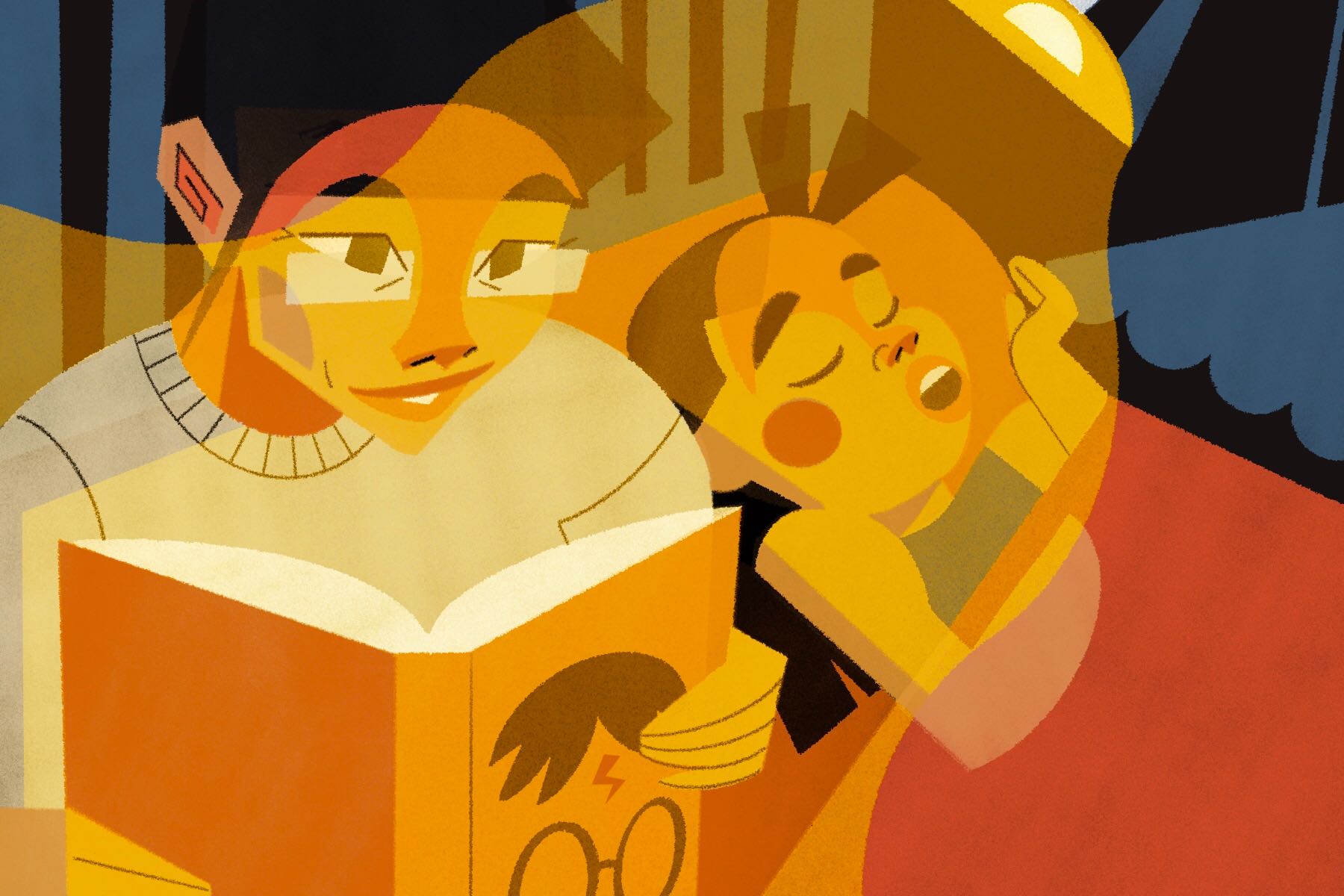Young adult (YA) literature consists of books typically aimed at readers between the ages of 12 and 18. No matter the genre, the books feature teen protagonists that suffer from teen protagonist problems — self-identity, first loves, newfound responsibilities and so on.
The point of young adult literature isn’t about selling books to teens, it’s about writing stories that speak to them. So why, then, are these books speaking to an audience of tax-paying, nine-to-five working adults?
YA literature has made quite a name for itself. Books like “The Hunger Games” trilogy, the “Harry Potter” series, “The Fault in Our Stars” and “Aristotle and Dante Discover the Secrets of the Universe” have made headlines, selling more than 100 million copies, winning awards and even being made into movies. Over half of the category’s readers are over the age of 18, with readers ages 30 to 44 accounting for 28% of sales. What makes it so captivating?
Serious Issues Are Tackled Without Being Boring
At the heart of any story is an issue that the author is trying to bring to light or a message that they’re trying to get across. Sometimes, you can finish an entire book and not understand the big picture, or sometimes it takes so long to get there that you’ll just give up halfway through.
What’s special about YA is that it’s able to handle the big stuff like abuse, school shootings and mental health in a way that grabs the reader’s attention. YA authors don’t downplay these very serious issues; they tackle them in an earnest way by giving the audience characters to root for.
Take, for example, the novel “Challenger Deep” by Neal Shusterman, which tells the story of Caden, a teenage boy who struggles with schizophrenia. Shusterman gets straight to the point and does a fantastic job at addressing what it’s like to deal with mental illness, especially as a teen.
Caden’s struggles are not demonized or ridiculed; in fact, he is used as a means to show the audience the moral of the story, the information they’re supposed to hold in their hearts even after they’ve turned the last page — the truth and reality of mental illness. The hope is that maybe the reader can work on developing empathy and understanding toward those who suffer from it.
Creative Formatting
While many young adult novels do follow the traditional storytelling format, there’s a good chunk that love to play with the page and spice things up a little. There are novels that feature little doodles from the protagonist, or books told entirely in texts and verse.
A great example of this is “Shout” by Laurie Halse Anderson, which is a poetic memoir. These styles of writing get the story across just as well as if they were written the standard way, but are a nice change of pace and a refreshing addition to any book collection.
Coming of Age Is Always Relatable
All YA novels touch on the subject of coming of age in some way, shape or form. When people hear that phrase, they may think of a young teen going through the trials and tribulations of transitioning into adulthood, but the truth is, everyone is constantly coming of age.
Once you become an adult, you are not instantly thrust into stability with a manual on how to be mature. Adulthood is anything but stable; you are continuously learning about what it takes to function in the “real world,” and even then, no one will ever become a model adult.
Young adult protagonists are trying to figure out who they are, and so are readers, no matter what stage of life they may be in.
Short, but Punchy
It isn’t the norm for YA books to be long. Most of them fall between 50,000 and 80,000 words, with the average word count being 73,000. They are fast paced and do a good job of getting right to the point without feeling rushed. They’re something you could easily down in under a week, but that doesn’t take away from the amazing, in-your-face storylines.
The writing is elegant, the language tight and vivid, and the imagery incredibly sharp. The length of YA books is a huge part of what makes them so lovable. It’s always better for an audience to crave more than to wish they had less.
The Stories Are Just Plain Good
It doesn’t matter if you’re in the intended age group or not, no one can resist a good story.
Right now, YA novels are doing what adult novels should be doing — taking risks with their storytelling. Throughout the years, some of the coolest, bravest stories have come out of the YA category. These books and their characters refuse to play by the rules, shaking up the idea of what it means to be a young adult novel.
Many have this preconceived notion that every book is a “Twilight” or “The Hunger Games” knock off, but that’s far from true. There’s some amazing storytelling going on in the YA community. Don’t let the fact that it’s aimed toward a younger audience fool you.
Young Adult Literature Doesn’t Have To Mean Young Adult Readers
What people get wrong about YA’s adult audience is that they assume they’re just reading it to escape, to play off their childhood nostalgia. Adults don’t read YA to reminisce about the good old days; they read it because they want to dive into a reality that, although it may be fantastical, mimics hardships, emotions and relationships they’ve encountered in their real lives.
YA is fun to read, less pretentious, has immaculate world-building and empathetic, accessible characters. It also leaves readers feeling hopeful. When you open a YA novel, you get to bear witness to young people standing up for themselves, rising up and doing the impossible. In an interview involving four publishing professionals, they were all asked the same question: Why do adults read young adult books? One respondent’s answer was, “Adult books are about learning to live in the world we have. YA books are about changing the world.”
What’s magical about young adult novels is that they transcend age. People may become physically older, but their hearts and minds can still relate to the weird, strange time that was being a teenager. Maybe there isn’t that much of a difference between adolescence and adulthood.

















